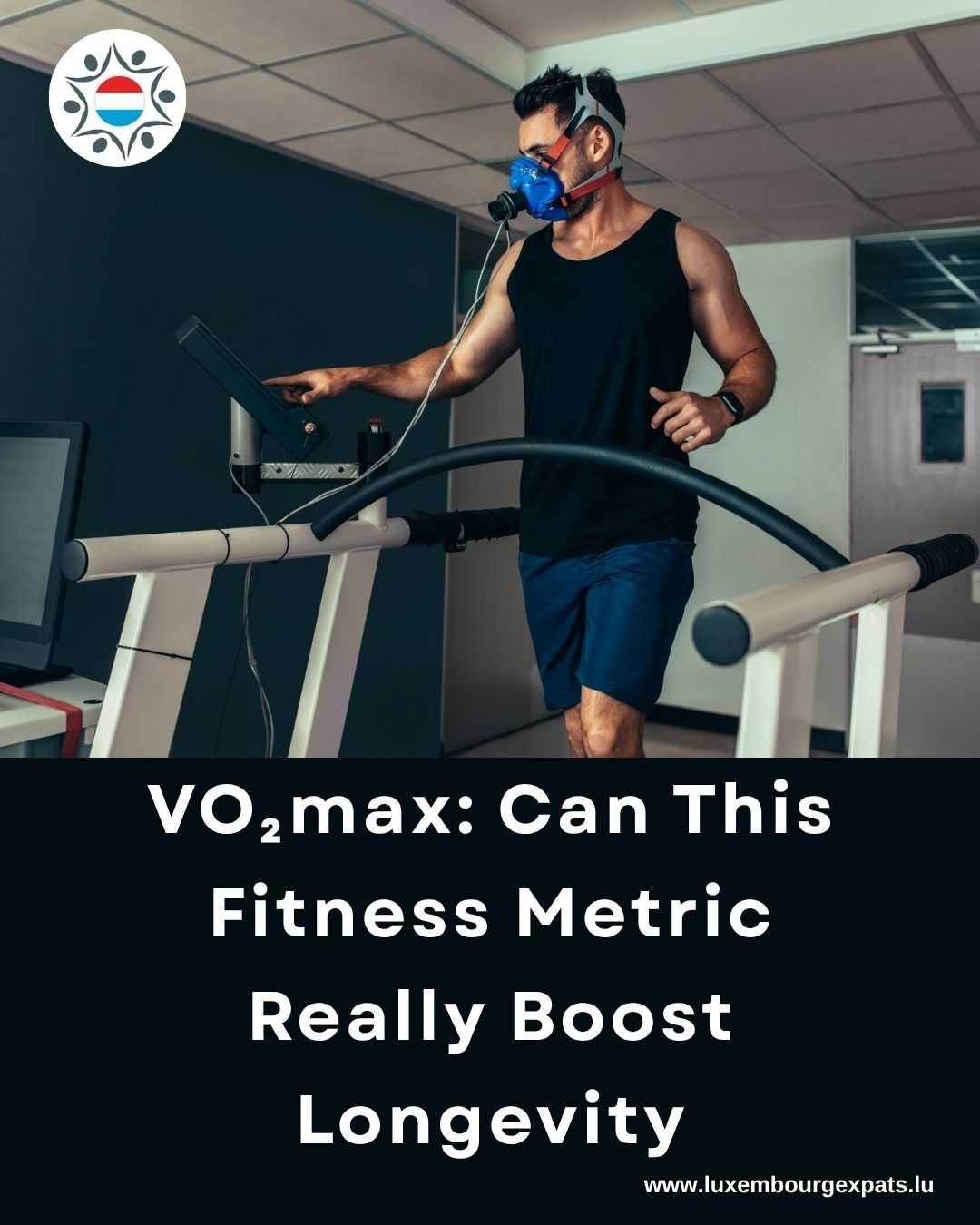VO₂max: The Fitness Metric That Could Add Years to Your Life — But Is It Worth the Hype
LuxembourgPosted on 18 October 2025 by TeamIf you’ve scrolled through fitness content lately, chances are you’ve stumbled upon influencers raving about one number — VO₂max. It’s being hailed as the holy grail of health, the secret to longevity, and the ultimate proof of your fitness level. But what’s behind the buzz? Can improving your VO₂max really help you live longer?
What Exactly Is VO₂max?
VO₂max — short for “maximal oxygen uptake” — measures the maximum amount of oxygen your body can use during intense exercise. Think of it as your body’s horsepower: the higher it is, the more efficiently your heart, lungs, and muscles work together to fuel performance.
In simple terms, it tells you how well your body transports and uses oxygen — the ultimate marker of cardiovascular fitness.
Dr. Axel Urhausen, former head of sports medicine at the Centre hospitalier de Luxembourg, explains it clearly:
“People with higher VO₂max values are less likely to develop cardiovascular diseases such as high blood pressure, heart attacks, or strokes.”
Why Everyone’s Talking About It
The renewed hype around VO₂max isn’t entirely misplaced. Research consistently shows that people with higher VO₂max scores tend to live longer, healthier lives. It’s not magic — it’s science. Better oxygen efficiency means your heart works less under stress, your blood circulates better, and your muscles perform more effectively.
How to Measure Your VO₂max
The easiest way? Look at your smartwatch or fitness tracker. Most modern wearables estimate VO₂max using your heart rate and activity data. While they’re not perfectly accurate (they can be off by 10–15%), they give you a solid baseline.
For the most accurate reading, professional athletes undergo a lab test that measures oxygen consumption directly during a controlled stress test — but for most of us, that’s not necessary.
How to Train for a Better VO₂max
Improving your VO₂max doesn’t mean endless hours of running — it’s all about smart, structured effort. The key is interval training, where you alternate between high-intensity bursts and recovery periods.
For example, the Norwegian 4x4 method — a favorite among endurance athletes — goes like this:
- 10 minutes of warm-up
- 4 intervals of 4 minutes each at 85–95% of your maximum heart rate
- 3 minutes of active recovery (like slow jogging or walking) between intervals
Do this once or twice a week, and you’ll see your VO₂max rise steadily.
Before you dive headfirst into HIIT workouts, build your aerobic base first — steady, moderate exercise like brisk walking, swimming, or cycling. Jumping straight into high-intensity intervals without a foundation can backfire.
And while VO₂max is a great indicator, it’s not the only one. Strength training, flexibility, and recovery are just as essential for long-term health.
Is VO₂max the secret to a longer life? Not exactly — but it’s a powerful piece of the puzzle. A high VO₂max won’t make you immortal, but it does mean your heart and body are running more efficiently — and that’s about as close to a “health hack” as science gets.
So the next time your smartwatch flashes a VO₂max score, don’t just scroll past it — take it as a sign your body’s fitness engine is revving strong.
Read More : Short way to a long life? This is what is behind the health hype around VO₂max | Luxemburger Wort
Join the community of your own - #1 home-grown LuxExpats app
SignUp Free : luxembourgexpats.lu
I am your contact
Team
Chat









